Key Takeaways
- Find My Device utilizes a network of Android devices for location tracking with secure crowdsourcing.
- Pixel and Nest owners receive additional tracking perks with specialized features for proximity tracking.
- A variety of Bluetooth trackers compatible with the network will help you find your luggage, keys, and pets.
After much anticipation, and a lengthy delay, Google is finally rolling out its new Find My Device network across Android phones and other Android-powered devices. The rollout is kicking off in the United States and Canada, to then be followed by other markets across the globe.
The concept itself is a familiar one — those who have used Apple’s Find My network will recognize the same basic set of tracking functions within Google’s system. Essentially, the vast array of Android-powered devices out in the wild are being leveraged via Bluetooth to ping each other’s location in real time.
“With a new, crowdsourced network of over a billion Android devices, Find My Device can help you find your misplaced Android devices and everyday items quickly and securely,” Google says.
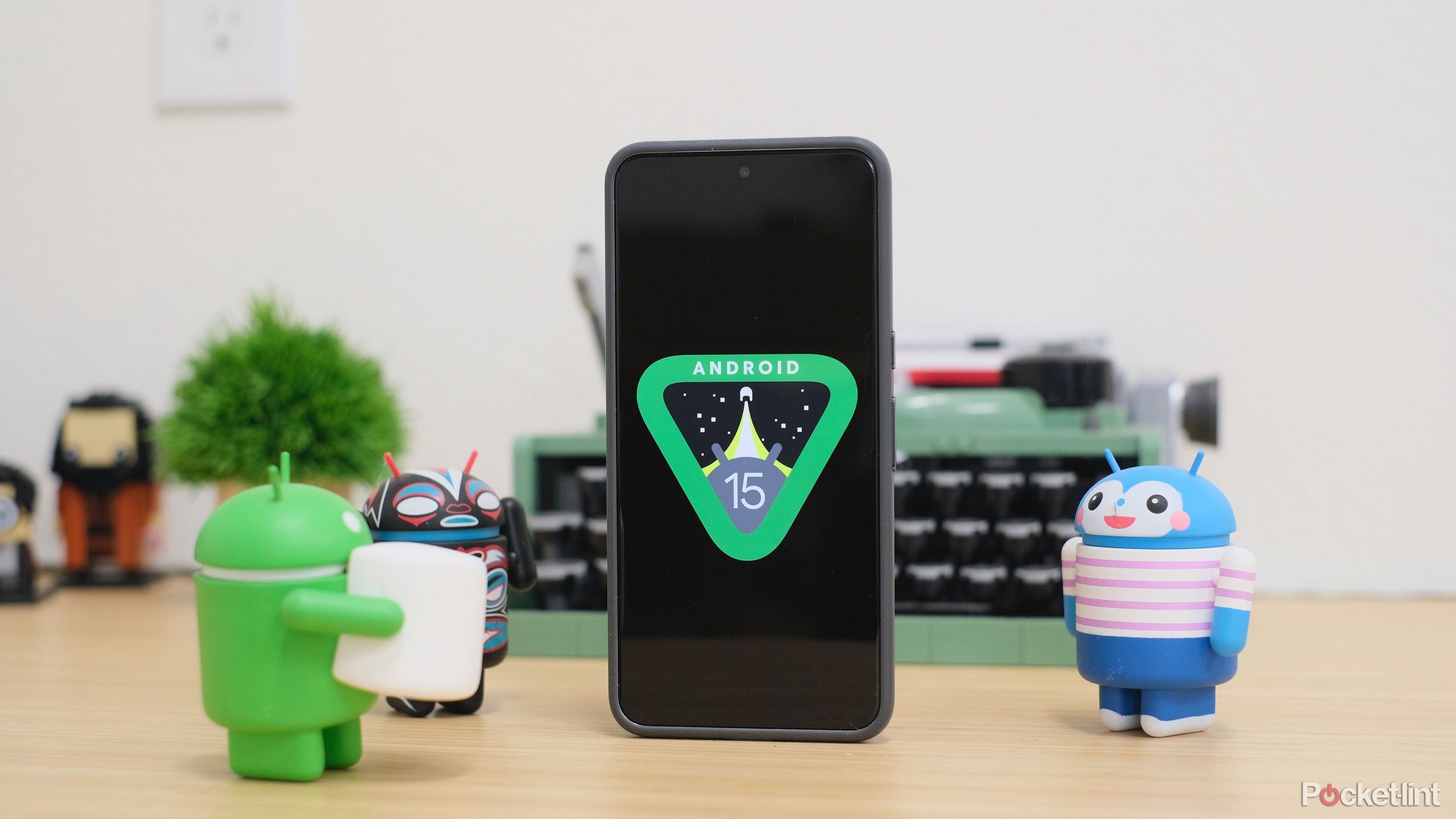
Android 15 gains satellite communication in second developer preview
Google just released Android 15 developer preview two with several new features. Here’s what’s new
Device location is achieved in a couple of different ways. The updated Find My Device app lets you locate your phone by having it emit a loud ringing noise. A map view is also available to provide a visual representation of your device’s location, even if it’s not currently connected to the internet.
If you happen to misplace a device that’s close by, an easy to use ‘find nearby’ interface within the app can guide you directly to your missing item. You can also share the location of items with other users of your choosing, such as with a spouse or a close friend.
Apple’s Find My network can’t do this
While the various tracking features work across the broader Android ecosystem, Google has sweetened the deal for those of us invested in its hardware lineup. If you have one or more Nest devices in your home, the Find My Device app will tell you which device the item you’re trying to locate was closest to last. For example, if you’re looking for your keys, the app will show you which smart speaker or smart display your keys were seen near last.
We can all relate to the anxiety of misplacing our keys, wallet, or even phone, and so the launch of Find My Device is a welcome one indeed.
If you happen to own one of Google’s Pixel 8 or Pixel 8 Pro flagship phones, you can track its location even when powered off or with a fully drained battery, according to the company. This capability is the result of ‘specialized Pixel hardware,’ so it’s unclear if the functionality will reach other devices in the future.
Bluetooth trackers are coming, too
Of course, the Find My Device network works with more than just your smartphone. Bluetooth trackers that are compatible with the network will also show within the app, which makes them a great fit for attaching to luggage, key rings or even pet collars.
Companies are already jumping on board, with Chipolo being one of the first out the gate. It has announced its Chipolo One Point and Chipolo CARD Point tracker products, to locate items and wallets, respectfully. Chipolo’s trackers won’t be available until May 27, directly from the company, with broader availability from Amazon and retailers starting in July.
Additionally, Google says software updates from the likes of JBL and Sony will arrive for headphones “soon,” adding support for Google’s Find My Device Network.
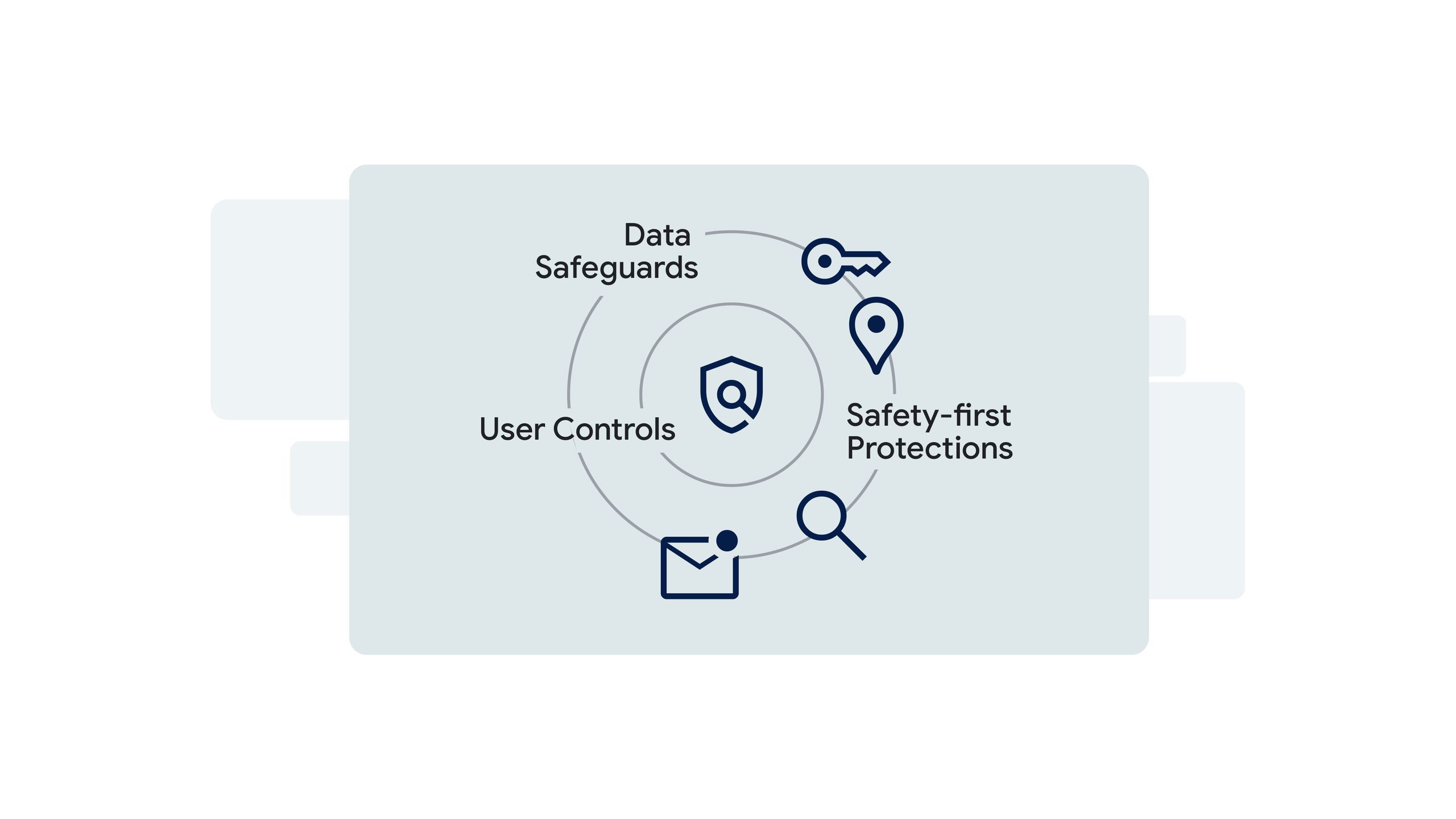 Are there any safety risks I should know about?
Are there any safety risks I should know about?
Google and Apple are teaming up to keep you safe
In a rare example of cooperating together, Google and Apple have been jointly working in the background on an unknown tracking alert system. Device trackers have been embroiled in some controversy as of late, with concern over bad actors using the trackers to follow the location of unsuspecting victims. Thankfully, unknown tracker alerts across both iOS and Android are becoming a new standard, which should ease concerns over unwanted tracking.
Chipolo says its Point Trackers are among the first finders to come with unwanted tracking alerts out of the box. Other compatible trackers from Pebblebee, eufy, Jio and Motorola are also set to arrive ‘later this year.’
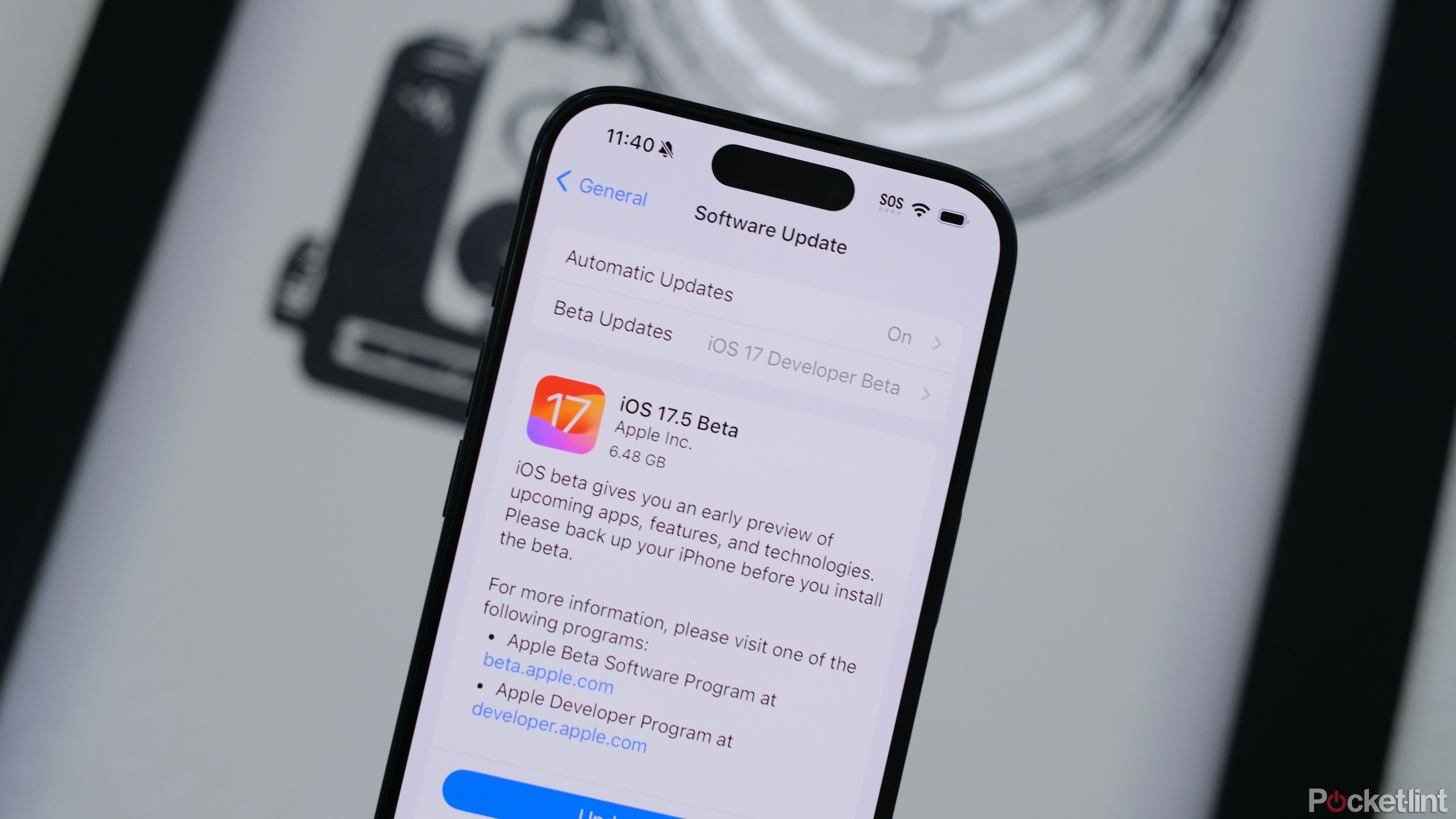
iOS 17.5 adds more robust anti-stalking tools for item trackers
Apple’s first iOS 17.5 beta doesn’t have many obvious changes, but there’s a lot going on under the hood. Here’s what we know.
Google, for its part, has also outlined additional protections and safeguards in place for its Find My Device network. Besides unwanted tracker alerts, the search giant highlights end-to-end encryption, private crowdsourced location reports, and rate limiting and throttling among the measures it’s put in place.
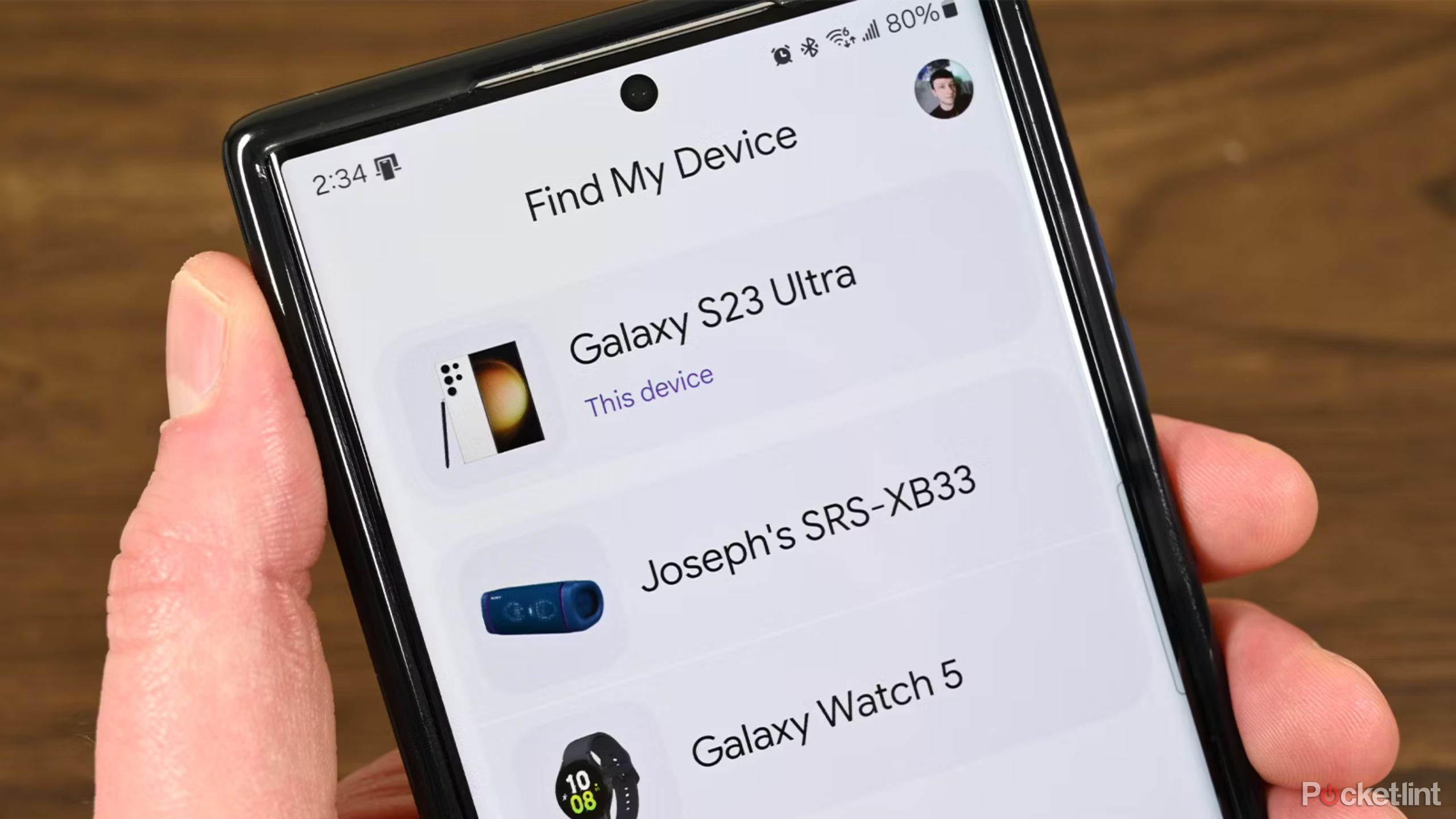 Can I turn Find My Device off?
Can I turn Find My Device off?
You can opt out at anytime
The entire Find My Device system can be opted out of if you’d rather not partake in it. Though the system seems robust and secure, giving users the choice fits in well with Android’s M.O. of openness and freedom.
“Android users always have full control over which of their devices participate in the Find My Device network and how those devices participate. Users can either stick with the default and contribute to aggregated location reporting, opt into contributing non-aggregated locations, or turn the network off altogether,” says Google.
While it’s been a long time coming, it’s great to see Android’s Find My Device network reach parity with Apple’s offering. Android is the most popular operating system in the world, and so it makes a lot of sense for Google to utilize its robust ecosystem in this way. We can all relate to the anxiety of misplacing our keys, wallet, or even phone, and so the launch of Find My Device is a welcome one indeed.
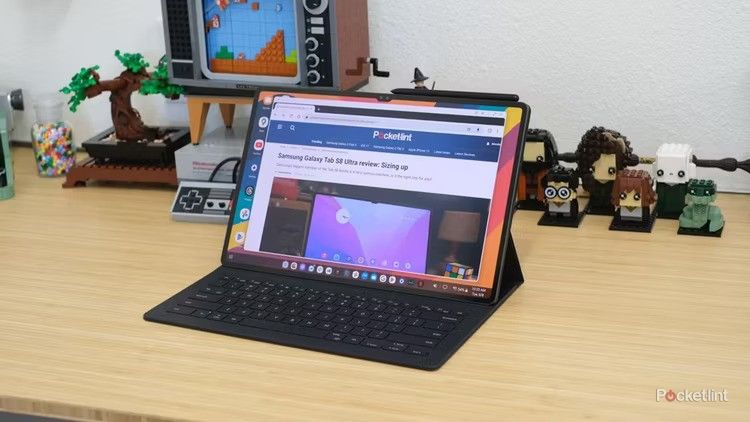
Best Android tablets: iPad isn’t the only slab worth your attention
From Samsung’s newest S9 tablet to the budget-friendly Fire HD 8, these are the best Android tablets you can buy, according to our testing.












